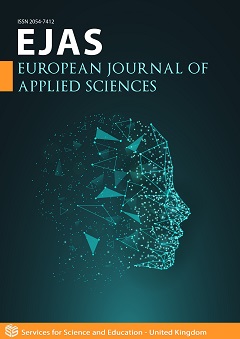A Dual Hilbert-space Formalism for Consciousness; Memory Experiments
DOI:
https://doi.org/10.14738/aivp.123.16966Keywords:
Quantum Mechanics, mental states, awareness, mind-body interaction, sense-impressions, memoryAbstract
Inspired by works of W. H. Zurek and others, a mathematical, physical theory, entirely within a quantum mechanical formalism, is proposed for cognitive processes in terms of an abstract Hilbert-space for the conscious state that is an exact replica of the Hilbert-space for the neuronic physical state. Thus, any actual state of consciousness arises by its formal alignment (identification) with some-one in the set of the neuronic states, with the latter undergoing perpetual changes in the wake of life-long experiences. It is posited that these changes become expressed by an increase in the number of ordered, coherent neuronic states at the expense of the preordinal random neuronic states. Changes, transitions between states are induced by a Gorini-Kossakowski-Sudarshan-Lindblad formalism, which is also instrumental in the effect of the conscious state on bodily actions. The paradigmatic findings of R.N. Shepard (1958 - 2011) and of S. Sternberg (1966 - 2016) for long- and short-term recalls are interpreted within the model.
Downloads
Published
How to Cite
Issue
Section
License
Copyright (c) 2024 R. Englman, A. Yahalom

This work is licensed under a Creative Commons Attribution 4.0 International License.






